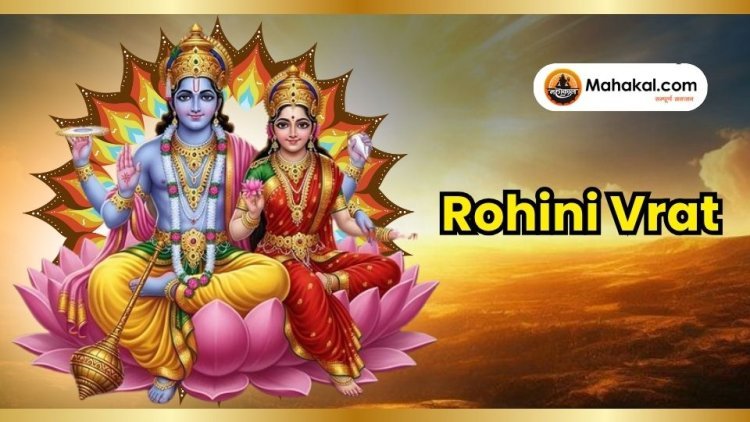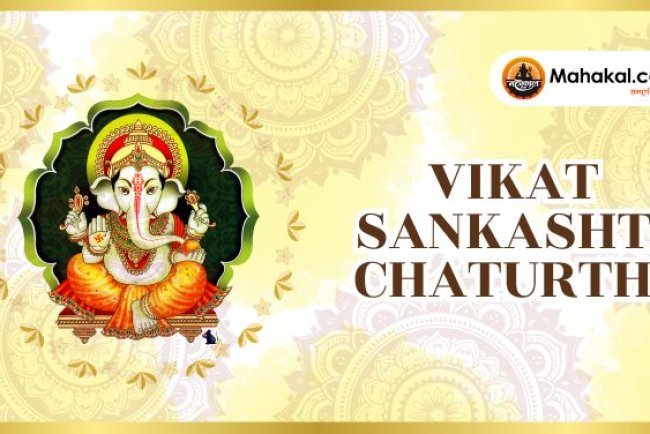Rohini Vrat 2025: Significance, Rituals, and Spiritual Benefits
Rohini Vrat is a sacred Jain fasting ritual observed for family prosperity, happiness, and long life, especially for husbands. Learn its significance and rituals.

Rohini Vrat is a significant fasting ritual primarily observed by Jain women to seek the long life, prosperity, and well-being of their husbands and families. It is celebrated on the day when the Rohini Nakshatra (one of the lunar constellations) prevails after sunrise each month, making it a recurring monthly observance with deep spiritual and cultural importance.
Significance of Rohini Vrat
This vrat is rooted in Jain values of non-violence (Ahimsa), truth, and self-discipline. It is believed that observing Rohini Vrat helps devotees rid themselves of suffering caused by bad karma, leading to spiritual liberation. The fast not only brings prosperity and harmony to the family but also fosters qualities like patience, self-control, and inner peace.
Rituals and Observance
The day of Rohini Vrat begins early in the morning, preferably during Brahma Muhurta (just before sunrise), when devotees wake up, clean their homes, and take a purifying bath. The central deity worshiped is Lord Vasupujya, the 12th Tirthankara of Jainism. Devotees place the idol or picture of the Lord in a clean and calm place, bathe it ceremoniously, adorn it with flowers and sandalwood, and offer fruits and water as prasad. Prayers and mantras are chanted for the well-being of the family, especially the husband’s longevity and health.
Fasting on Rohini Vrat typically involves abstaining from grains and solid food, sticking to boiled water or fruit-based diets (known as falahaar in Jain tradition). The fast is observed until the next Nakshatra, called Margashirsha, rises in the sky, signaling the end of the fast and the beginning of the Parana (breaking of the fast).
Duration and Commitment
While many observe Rohini Vrat monthly, it is considered highly auspicious to maintain the fast continuously for periods of three, five, or seven years. The most recommended duration is five years and five months, which concludes with a special ritual known as Udyapana—a ceremony that signifies the successful completion of the vrat. This ceremony often involves charity, such as feeding the poor and visiting temples dedicated to Lord Vasupujya.
Spiritual Benefits
Regular observance of Rohini Vrat is said to bring numerous benefits, including:
-
Relief from poverty, sorrow, and obstacles in life.
-
Enhanced patience, harmony, and self-control.
-
Improvement in relationships and familial bonds.
-
Increased spiritual clarity and mental calmness.
Rohini Vrat is much more than just a fasting ritual. It is a spiritual discipline that strengthens faith, encourages compassion, and nurtures personal growth. Rooted deeply in Jain philosophy and culture, it helps devotees connect with their inner selves while fostering well-being and longevity for their loved ones. Observing this vrat with devotion and sincerity promises blessings of peace, prosperity, and spiritual upliftment.
This sacred tradition continues to inspire and transform countless lives, honoring the eternal values of Jainism and the power of fasting as a path to divine grace and worldly harmony.
What's Your Reaction?















